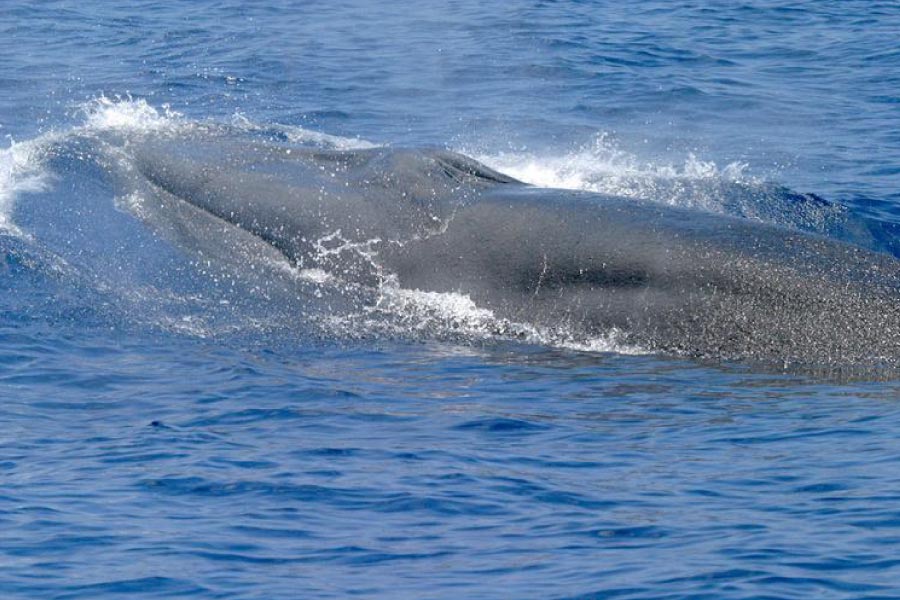Rice’s whale, also known as the Gulf of Mexico whale, was only discovered a year ago, yet is already on the brink of extinction. Found in the northeastern Gulf of Mexico, the cetacean is the only species of baleen whale to reside in the region all year round.
With a population of just 50 individuals, Rice’s whale is thought to be the world’s most endangered whale species.
The limited range of Rice’s whale leaves it highly vulnerable to any changes in its habitat. With growing industrialization in the Gulf of Mexico, scientists are now calling on the Biden administration to protect this critically endangered whale from extinction.
Over one hundred marine scientists have recently signed an open letter, calling for new conservation policies to be introduced to protect the species and help the population to recover (source).
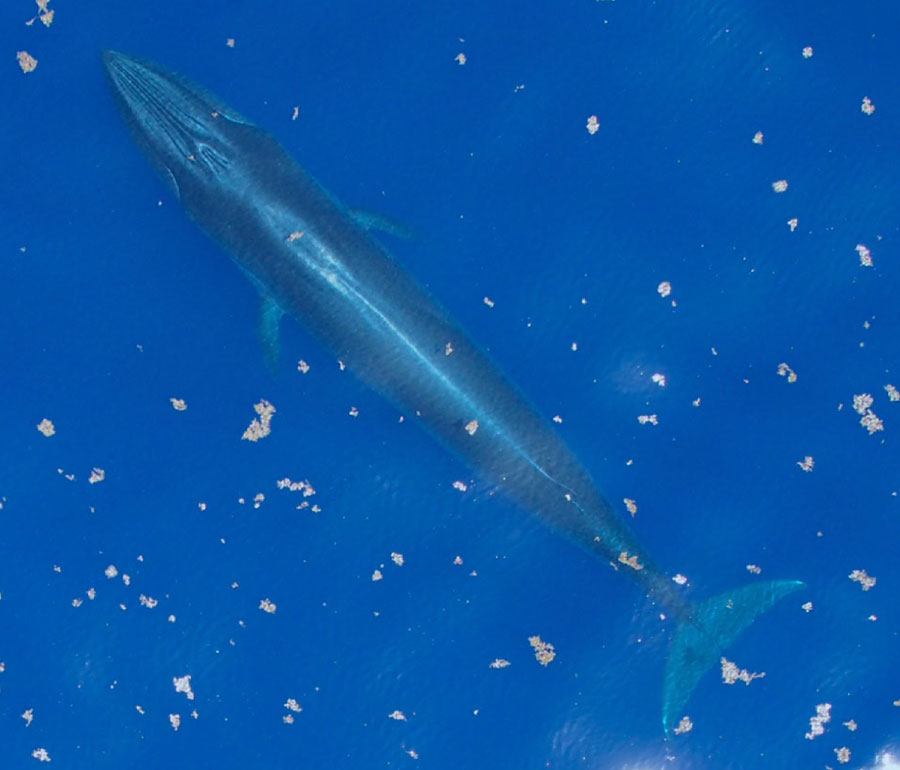
Since the introduction of the Marine Mammal Protection Act (Wikipedia) fifty years ago, no whale has gone extinct in US waters. Unfortunately, Rice’s whale faces a whole host of challenges, and is particularly vulnerable to increasing human activity in its habitat; unless there is a dramatic turnaround in the whale’s situation, its extinction is a real possibility.
Threats To Rice’s Whale
Oil Spills
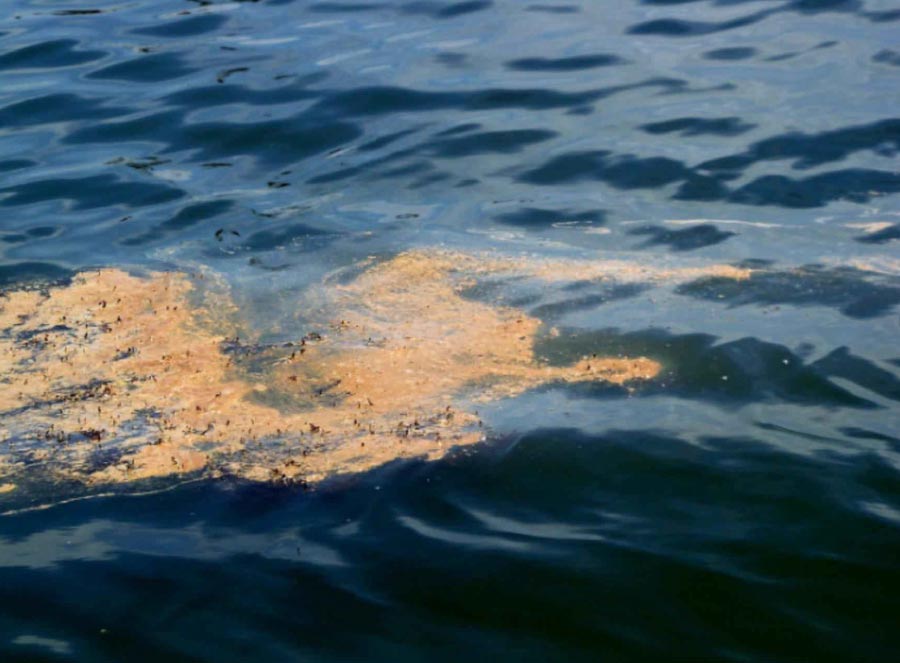
The greatest threat to the Rice’s whale survival and recovery is the continued increase in oil and gas development in the Gulf of Mexico.
Oil spills have the potential to cause immense harm, and during the 2010 Deepwater Horizon oil spill–the largest in history–an estimated 20% of the Rice’s whale population was killed (source).
During this spill, whales were found to have respiratory problems, reproductive failure, impaired vision, and increased susceptibility to disease.
When whales come into contact with oil, it coats their baleen*, impacting the whales’ ability to feed. With prey also becoming contaminated with oil, starvation becomes a real threat.
* Comb-like structures in a whale's mouth used to filter food from the seawater.
Chemicals known as dispersants that are used in response to oil spills may also be toxic to whales, and, in addition, can impact the environment long after the oil spill is considered over.
With the population of Rice’s whales already dangerously low, every individual death has huge consequences for the species as a whole.
Noise Pollution
The increase in activity in the Gulf brings with it many other problems. Noise can pose a serious threat to the whales’ survival, and the loudest and most frequent noises come from seismic surveys associated with the oil and gas industries. Huge sound waves are blasted into the ocean every 10-20 seconds, 24 hours a day, 365 days a year, causing permanent hearing damage to cetaceans in the area.
Whales rely on their hearing for communication, navigation, finding a mate, locating prey, and avoiding predators. Increased noise levels in the ocean can therefore have severe physical and behavioral effects on Rice’s whale and other species.
A rise in the amount of commercial shipping in the Gulf of Mexico also adds to the underwater noise. Increased exposure to this noise has been shown to increase stress levels in whales, who alter their behavior and can be displaced from their usual feeding grounds as they attempt to avoid the noise.
Shipping noise is also of a similar frequency to whale calls, impacting their ability to communicate. It is expected that the Gulf will become even busier in the future, as a result of the expansion of the Panama Canal, further threatening the future of the Rice’s whale.
Ship Strikes
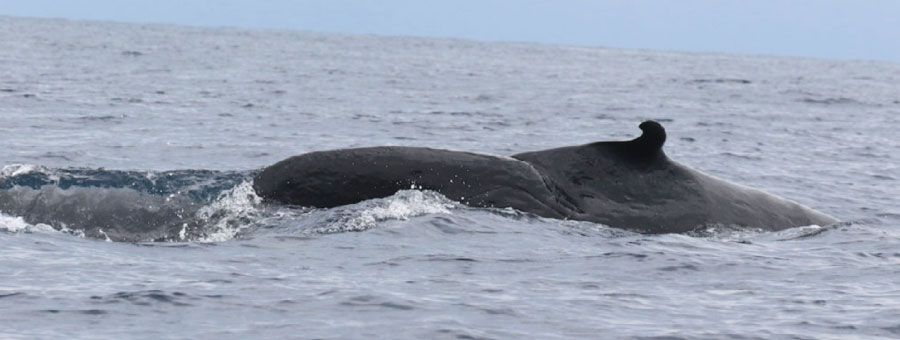
Collisions with ships pose a serious threat, and numerous individuals have been recorded with injuries consistent with ship strike, including severed vertebrae, lung damage, and internal bruising.
Rice’s whales are particularly susceptible to ship strikes as they spend most of the night resting in shallow waters within 15 meters of the surface, so are more likely to come into contact with vessels (source).
Entanglement
Rice whale’s range overlaps with several deep-water fisheries where longline nets are dropped to the seafloor. These are often found around the same depth as that in which the whale feeds, creating a risk of entanglement and death.
Historically, there have been two known strandings of Rice’s whales that became entangled in fishing gear. Whilst that may not sound like many, with only 50 whales remaining, any individual loss is more than the population can withstand.
The Discovery Of A New Species
What makes the Rice’s whale population decline more concerning is that the species was only discovered in 2021.
Although recorded sightings date back to the 1960s, at the time these were believed to have been of Bryde’s whale, Balaenoptera brydei, a closely-related species that is found all over the world.
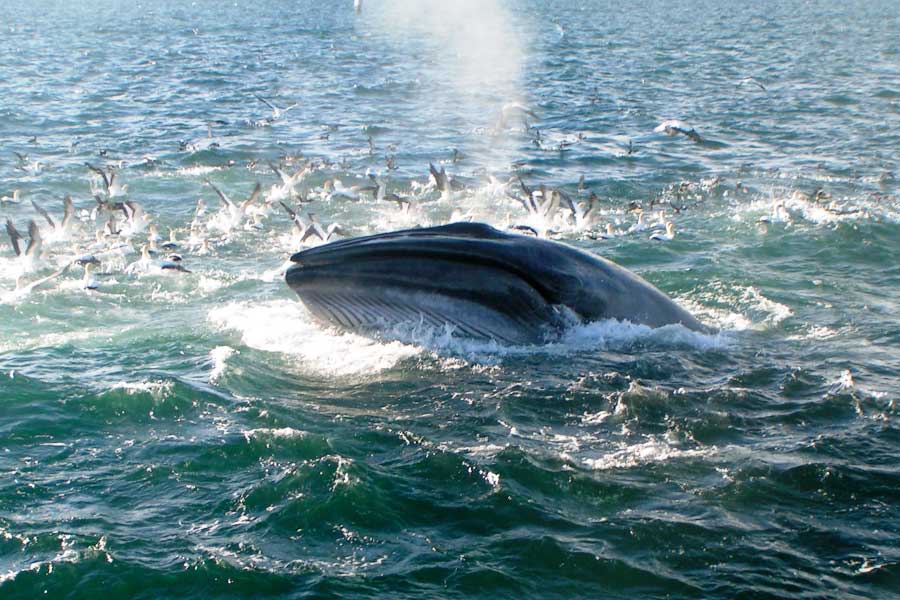
It wasn’t until scientists examined the remains of an individual whale that was washed ashore in 2021, that Rice’s whale was confirmed to be a distinct species to Bryde's whale, and given the scientific name Balaenoptera ricei. (source)
Externally, the two species look identical, and can only be distinguished by their genetics, skeleton, and acoustic signature.
The length of an adult Rice’ whale ranges from 22.97 to 42.65 ft. / 7 to 13 m. The species has a distinctive call that differs from that of any other baleen whale, making this a useful identifying feature.
Rice’s Whale Population Distribution
Unlike other large whale species, the Rice’s whale is non-migratory and endemic to (only found in) the Gulf of Mexico, using the area both as a feeding ground and as a breeding ground. Other whales found in this area, such as the sperm whale, have much larger ranges and will breed with individuals in other locations.
Due to its small population and limited distribution, Rice’s whale is vulnerable to inbreeding depression, whereby the gene pool is reduced, and the biological fitness of individuals is impacted. This gradually weakens the whole population and impacts a species’ ability to recover due to the lack of genetic diversity.
It is not known why Rice’s whale is restricted to such a small range. Although there have been a handful of confirmed sightings outside of the species’ usual range, there is little evidence to suggest the species regularly inhabits these waters.
What Can Be Done?
In their open letter to the Biden administration, scientists detailed conservation measures that they hope to see implemented in order to aid the recovery of the Rice’s whale and prevent any further loss of whales.
The first measure is to reject plans for new oil and gas development in the Gulf of Mexico. A five-year program for offshore oil and gas leasing is currently being considered. The scientists argue that, with a potential move away from fossil fuels in the future, these activities – and the related seismic surveys – should end.
With regards to shipping, calls have been made to lower the speed of vessels traveling through the whale’s habitat, thereby reducing the risk of fatal collisions and lowering underwater noise levels.
Any new developments, such as offshore wind farms and aquaculture, should be situated outside Rice’s whale’s known habitat in order to reduce any further impacts on the species’ population and to aid its recovery.
A Unique Responsibility
Rice’s whale is an irreplaceable part of the ecosystem of the Gulf of Mexico and the United States’ only year-round large whale species. There is a huge responsibility both to protect the species and to bring it back from the brink of extinction. Unless action is taken, the U.S. may directly cause the first extinction of a large whale species.
Related Pages On Active Wild
Discover every living species of whale on this page: Types of Whales
You can see more critically endangered animals on this page: Critically Endangered Species
Discover more whales on this page: Top Ten Largest Whale Species

